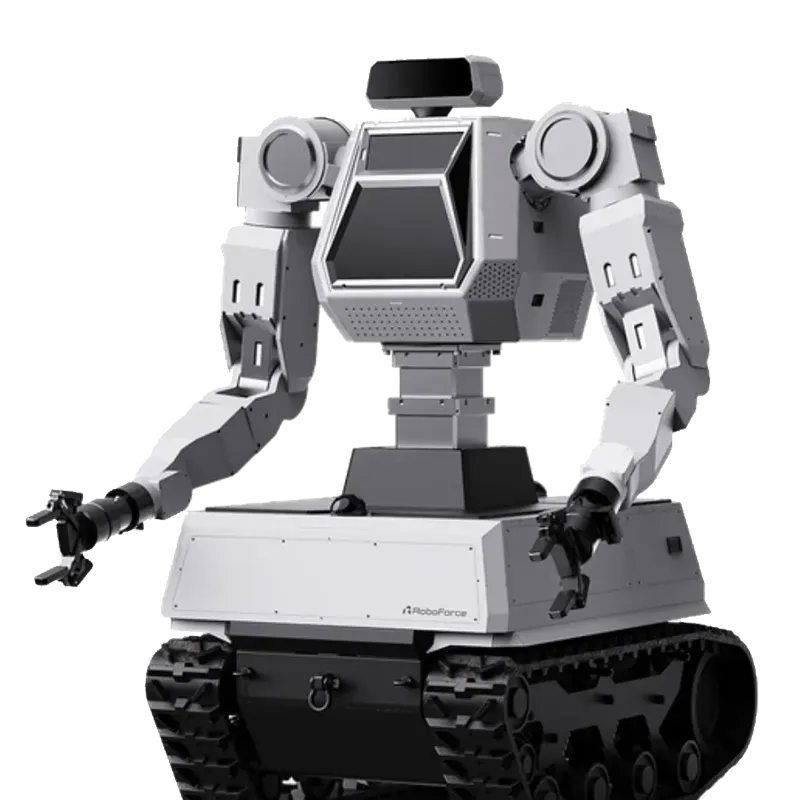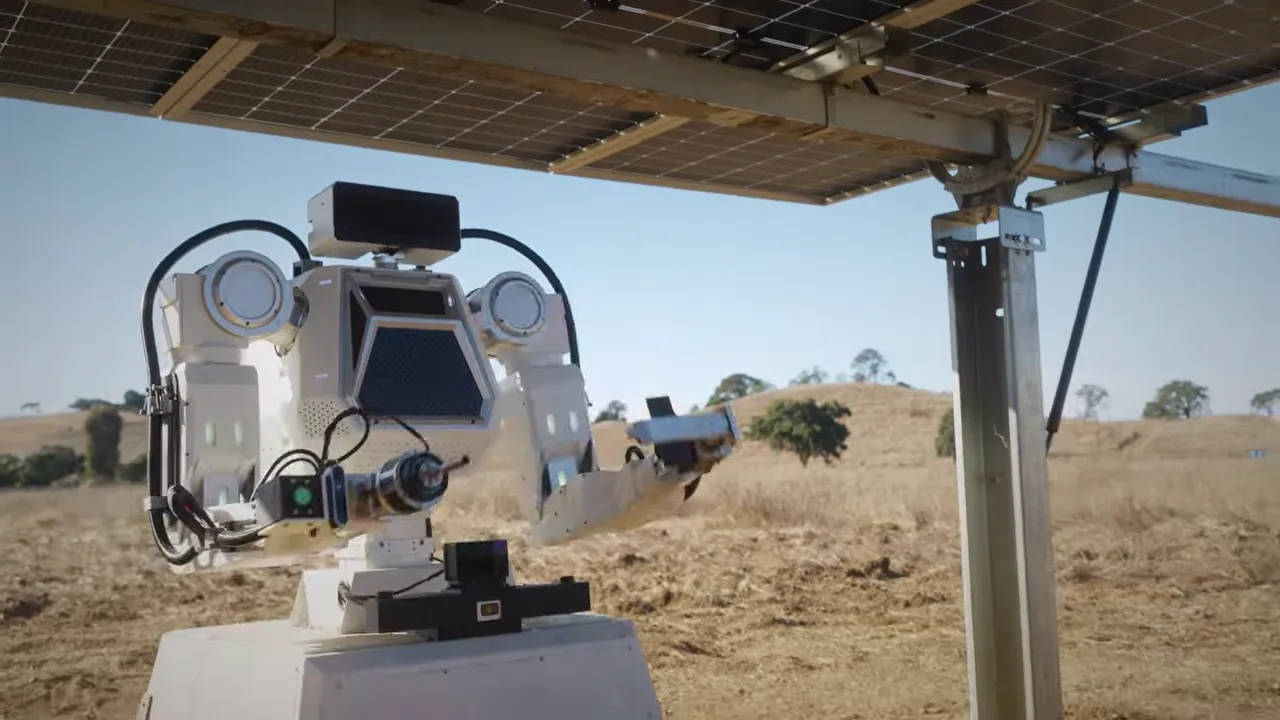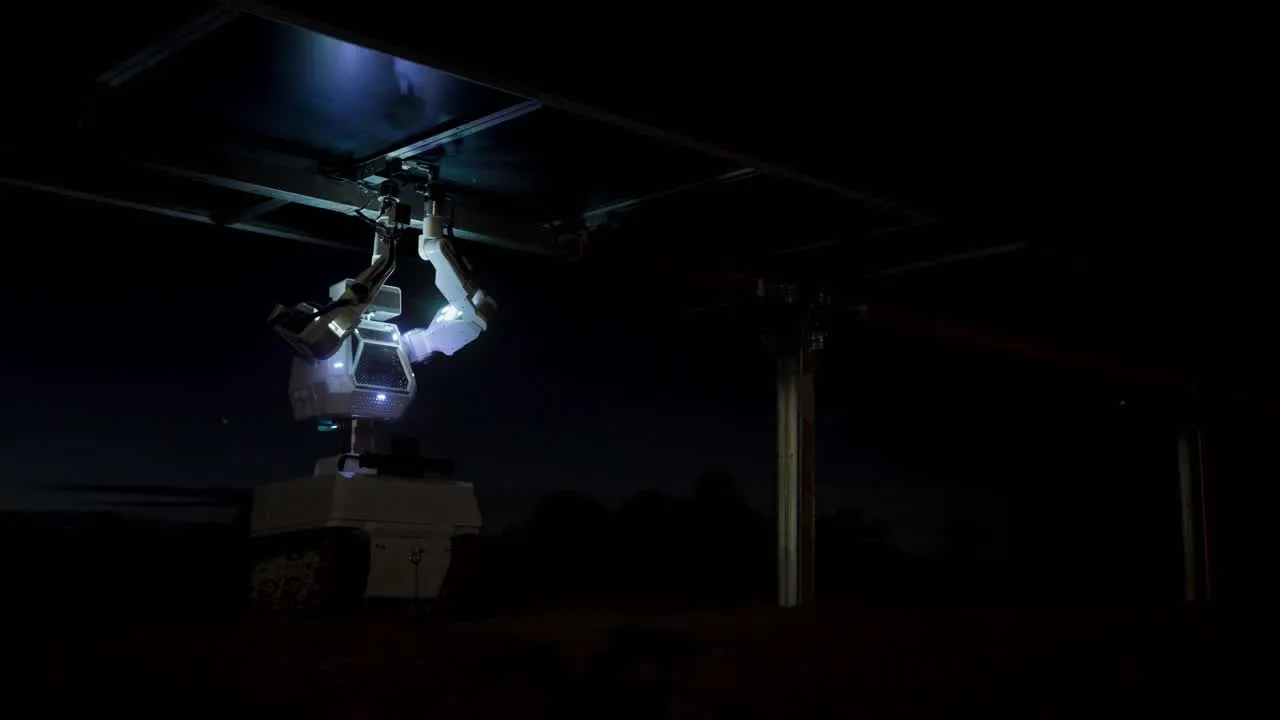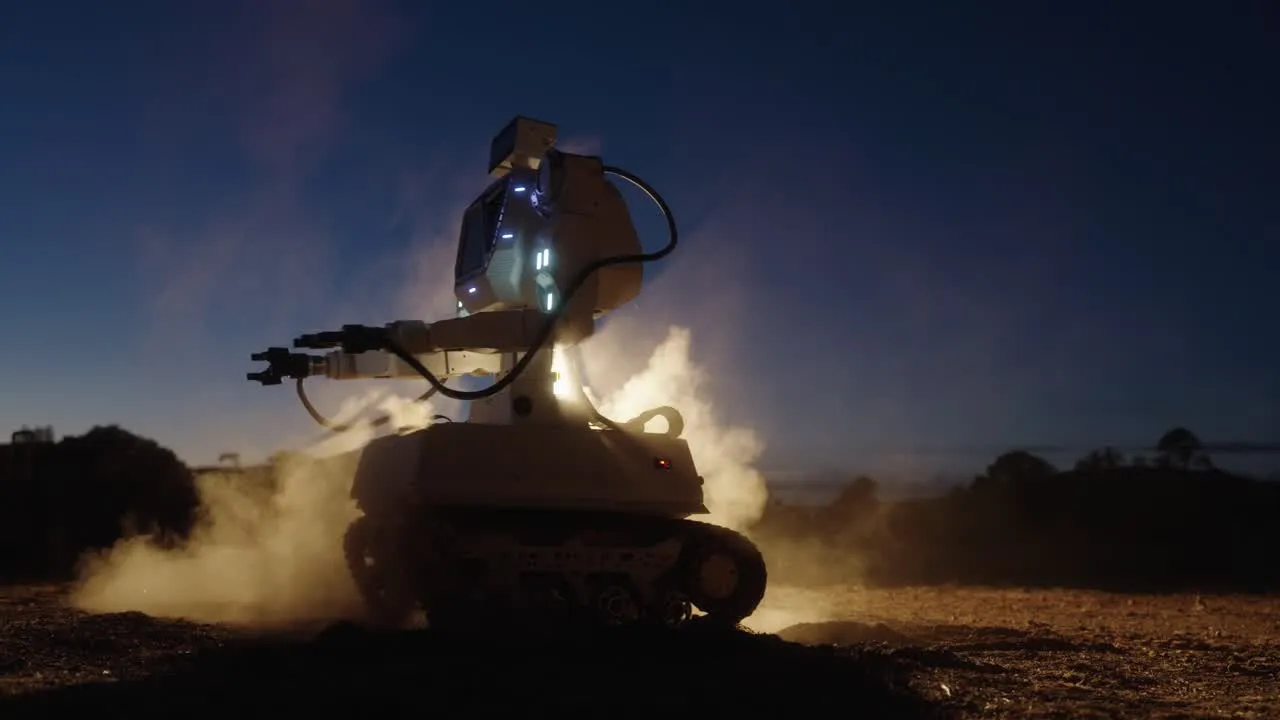Intro
The RoboForce TITAN is engineered as a pioneering embodiment of "Physical AI-Powered Robo-Labor". The overarching goal is to elevate human workers by removing them from high risk, labor-intensive environments and processes categorized as "dull, dirty and dangerous". The core mission is to mitigate severe labor shortages and safety risks prevalent in heavy industrial environments by autonomously performing complex, high-precision operations. Integral to its design philosophy is the adherence to "AI Evolutionary Design". This means the robot is not simply a fixed automation tool but a continuous platform for Artificial Intelligence enhancement and comprehensive data collection, designed to learn and improve functionality perpetually through real-world deployment.
The TITAN platform is characterized by a robust, flexible, and highly modular hardware architecture built specifically for resilience and scalability:
- Mobility:
It features a highly adaptable mobile base designed for demanding, unstructured industrial and outdoor environments. The system currently supports interchangeable wheeled and tracked locomotion variations, allowing customers to select the base best suited for their specific terrain, from smooth factory floors to uneven mine sites. - Manipulation:
The incorporate a powerful dual-arm assembly provided with a variety of end-effectors, which is necessary to achieve its high capacity. The manipulation system is rated for a substantial 40 kg payload , making it suitable for handling heavy industrial tooling and components. - Reach and Precision:
The manipulator arms offer 1,100 mm (43.3 in.) of operational reachability. Crucially, the system is specified to achieve an exceptional manipulation precision of 1 mm (0.03 in.) , a capability that is essential for fine-grained assembly and repair tasks where misalignment can lead to critical failures
The hardware utilizes "tight AI-hardware co-optimization" , ensuring the physical mechanics are perfectly tailored to maximize the efficiency and robust performance of the advanced AI software models, resulting in an assured 8-hour continuous production runtime.










